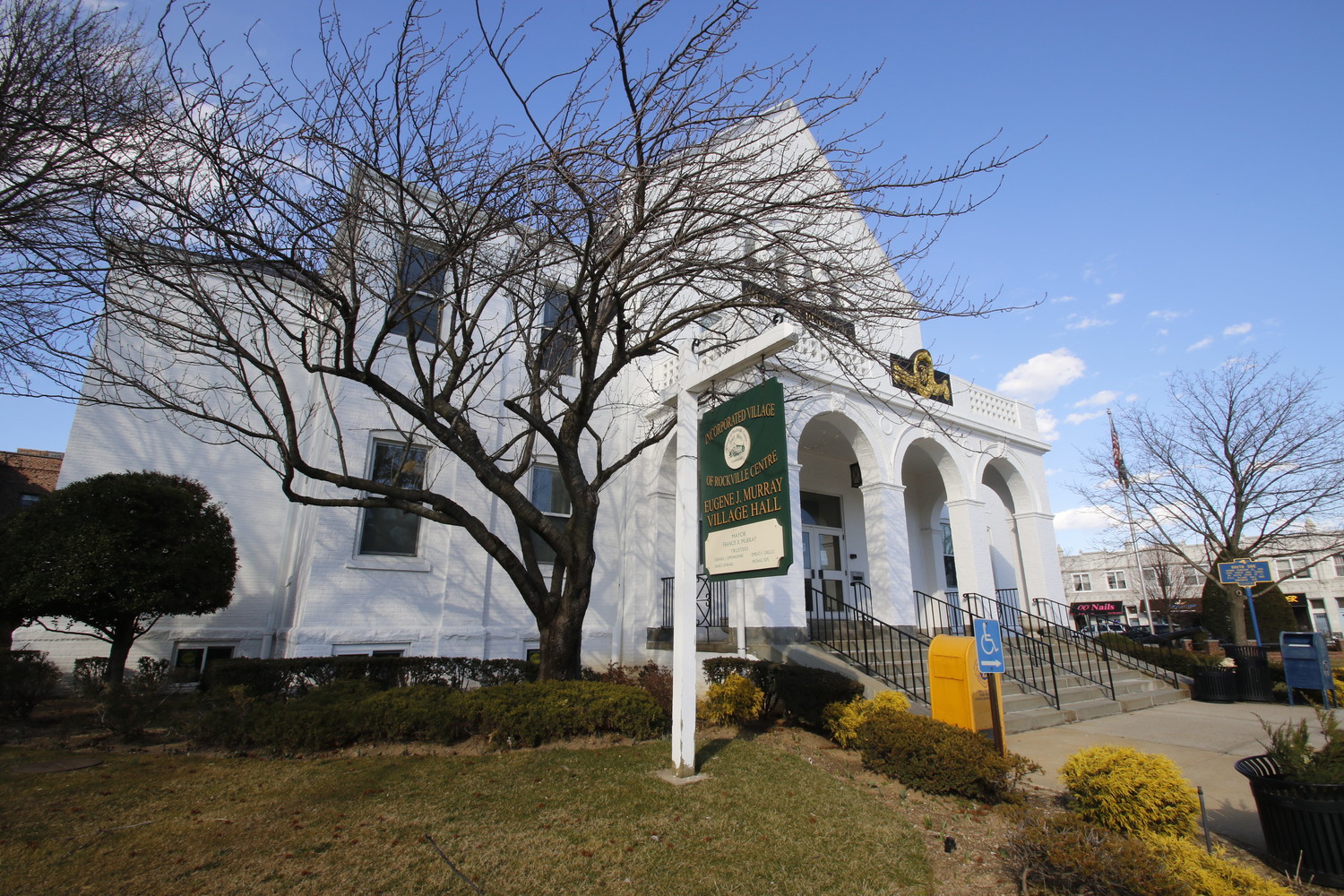How Rockville Centre handles harassment
A look at village and school procedures in light of the national conversation
Allegations of sexual misconduct in the workplace have surfaced nationally in recent months, as the village and the Rockville Centre School District continue operating under specified policies and procedures regarding the handling of such claims.
The two jurisdictions abide by different laws, because public schools must follow the standards of Title IX, which prevents exclusion and discrimination based on gender in schools that receive federal funding.
“We have an obligation to work quickly and accurately,” said Noreen Leahy, assistant superintendent of pupil personnel services and special education, who also serves as the district’s Title IX officer. “These cases are stressful on everyone involved.”
Leahy is responsible for investigating allegations brought by both teachers and students. “Every case is very different,” she said. How she proceeds with an investigation, she added, depends on a number of factors. If, for example, the case is complex, she brings in the district’s lawyers. If the accused is someone Leahy knows well, she delegates the investigation to someone else.
“A lot of this is perception, and how people feel,” she said, noting that it’s crucial to consider the feelings of the alleged victim. “Some people are reluctant to come forward.”
Leahy added that the reporting process is designed to make filing complaints as easy as possible. “They do not have to go through their principal,” she said. “They can come straight to me.”
The procedures that a village employee uses to report sexual harassment or assault are similar, according to Deputy Clerk Wendy Weinstock, who is also the director of human resources and an employment officer.
Complaints go to her office, or to any supervisor that the alleged victim feels comfortable approaching. The system is set up that way, Weinstock said, “so there won’t be any barrier to employees feeling their complaint won’t be taken seriously”— if their own supervisor, for example, is the subject of the allegations, or if they’re a friend.
After a complaint, she begins an investigation, which moves through three phases. First, Weinstock must determine whether the alleged behavior is actually a violation of the village’s “non-discrimination, non-harassment, non-retaliation” policy. It often doesn’t meet that standard, she said. “We’re glad they bring it to our attention,” she said, “but it doesn’t necessarily amount to harassment under the policy.”
In those cases, Weinstock talks with the accused about how his or her behavior impacted the accuser. “It’s usually somebody who says something completely offhand, many times when they were upset about something,” she said, adding that after she speaks with the accused, “they’re usually remorseful.”
If a complaint infringes on standards set in the policy, Weinstock consults with the village administrator, currently Kathleen Murray, who is responsible for deciding on disciplinary actions.
In the five years Murray has been the village administrator, there have been three sexual harassment complaints, two of which resulted in no disciplinary action, and one in which the employee voluntarily resigned after being questioned.
Complaints are rare, not because people are reluctant to come forward, but because “we mostly have decent people working here,” Weinstock said. She added that a majority of complaints fall under the non-discrimination section of the policy.
Weinstock noted that there is normally an uptick in complaints and questions from village workers in the wake of harassment, discrimination and retaliation training, which is mandated by village policy to take place every two years. New hires are also trained.
Leahy said that the school district takes a number of approaches to sexual harassment training, including individual, small group, all-staff and online sessions. “The online training allows us to get to a lot of people,” she said, while one-on-one sessions, which are usually reserved for people with complaints against them, “are more effective. It’s very hands-on, and they get to ask a lot of questions.”
John Murphy, principal of South Side High School, told the Herald that it was important to teach adolescents about boundaries as well. “We have a confluence of two problems,” he said. “We have the digital age, which encourages separation, coupled with the need for communication skills, the need to interact and interpret physical and verbal social cues.”
So far, Murphy said, he hasn’t heard much classroom or hallway talk that mirrors the national conversations about sexual harassment, except in courses that integrate them, such as Contemporary Issues or Theory of Knowledge, a philosophy class as part of the International Baccalaureate program.
Murphy said that the school’s health-and-wellness curriculum, taught in the second half of the year, includes a module called “Developing Healthy Relationships,” in which these issues would be explored.

 50.0°,
Overcast
50.0°,
Overcast 





